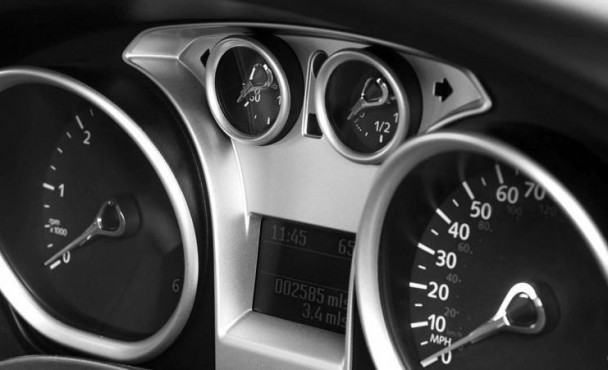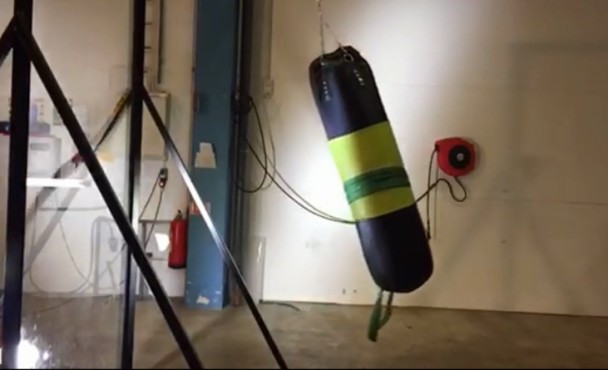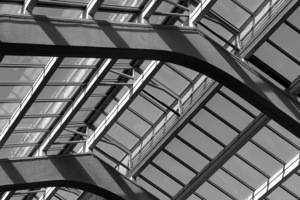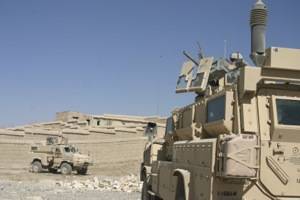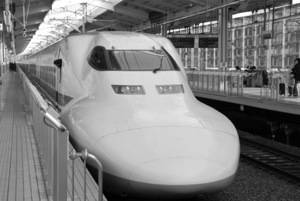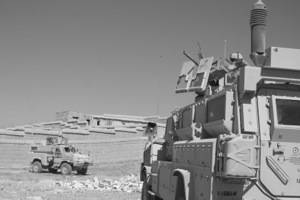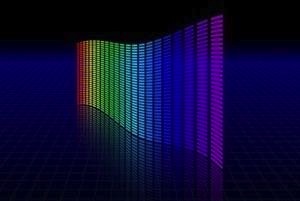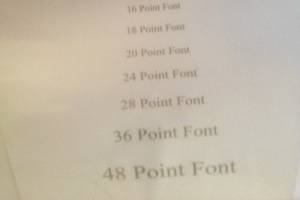As electronic displays are becoming more commonplace in new automobiles, and as these displays are becoming ever larger, the problem of glare on the displays is an increasingly important issue. Sunlight reflecting off the display can make it difficult or even impossible to read the information. The solution is to make the clear plastic part […]
Category Archives: Technical
Acrylic has replaced tempered glass at many hockey rinks for player and spectator safety reasons. Acrylic is much more flexible than the rigid tempered glass. It therefore reduces the potential for injuries such as player concussion. It also has good optical properties which allow spectators to get a good view of the action. For many […]
With interest in reducing energy bills, there has been a lot of interest in polycarbonate sheet that blocks infra-red (IR) wavelengths. The visible spectrum is in the range of 390-700nm, with UV light below the 390nm and IR light above the 700nm. Sunlight can cause the inside of buildings and vehicles to heat up by […]
HighLine Polycarbonate has developed a multilayer structure designed to be used by laminators in conjunction with glass or transparent ceramics to extend the life of transparent armor manufactured to ATPD.2352 standards. The product will improve operational availability of vehicle platforms such as the MRAP and JLTV. The HighLine product extends the life of transparent armor […]
Polycarbonate exhibits properties that make it ideal for use in transportation applications like aircraft compartment interiors, motor vehicles and passenger railcars. One of the concerns with using polycarbonate is that it will burn and does generate smoke when it burns. Flame and smoke specifications have been written to address these concerns relative to the application. […]
One question that we are often asked by customers is “can we use the old sheet that we have in stock and not have problems?” In general, the answer to this question is yes, as long as the sheet is still masked and has been stored in good conditions. The properties of the sheet will […]
De-lamination of transparent armor is an ongoing problem. This blog post aims to explore the subject using some technical theory, with the aim of presenting simple solutions to minimize the problem. The proper design of the laminate, manufacturing of the laminate and selection of materials can all lead to a significant increase in the life […]
In the final blog post of this trilogy we will discuss Iridescence and how it can cause a rainbow effect on abrasion resistant coated Polycarbonate sheet. We will also discuss how the rainbow effect can be minimized. Iridescence is the rainbow or oil slick type pattern that often appears on the surface of a Polycarbonate […]
Anti-glare coatings are different to anti-reflective coatings. Anti-glare coatings are generally produced using an abrasion resistant hard coat with small particles in the coating to give a matte surface. This matte surface stops light being reflected from the sheet surface back to the viewer so that the user’s view is not obscured by glare from […]
In the last post we discussed how stresses in Polycarbonate can cause the material to become Anisotropic and exhibit Birefringent properties. Light waves parallel to the stress direction will travel through the sheet at a different speed than the light waves perpendicular to the stress direction. It is possible to visualize the stresses in the […]

